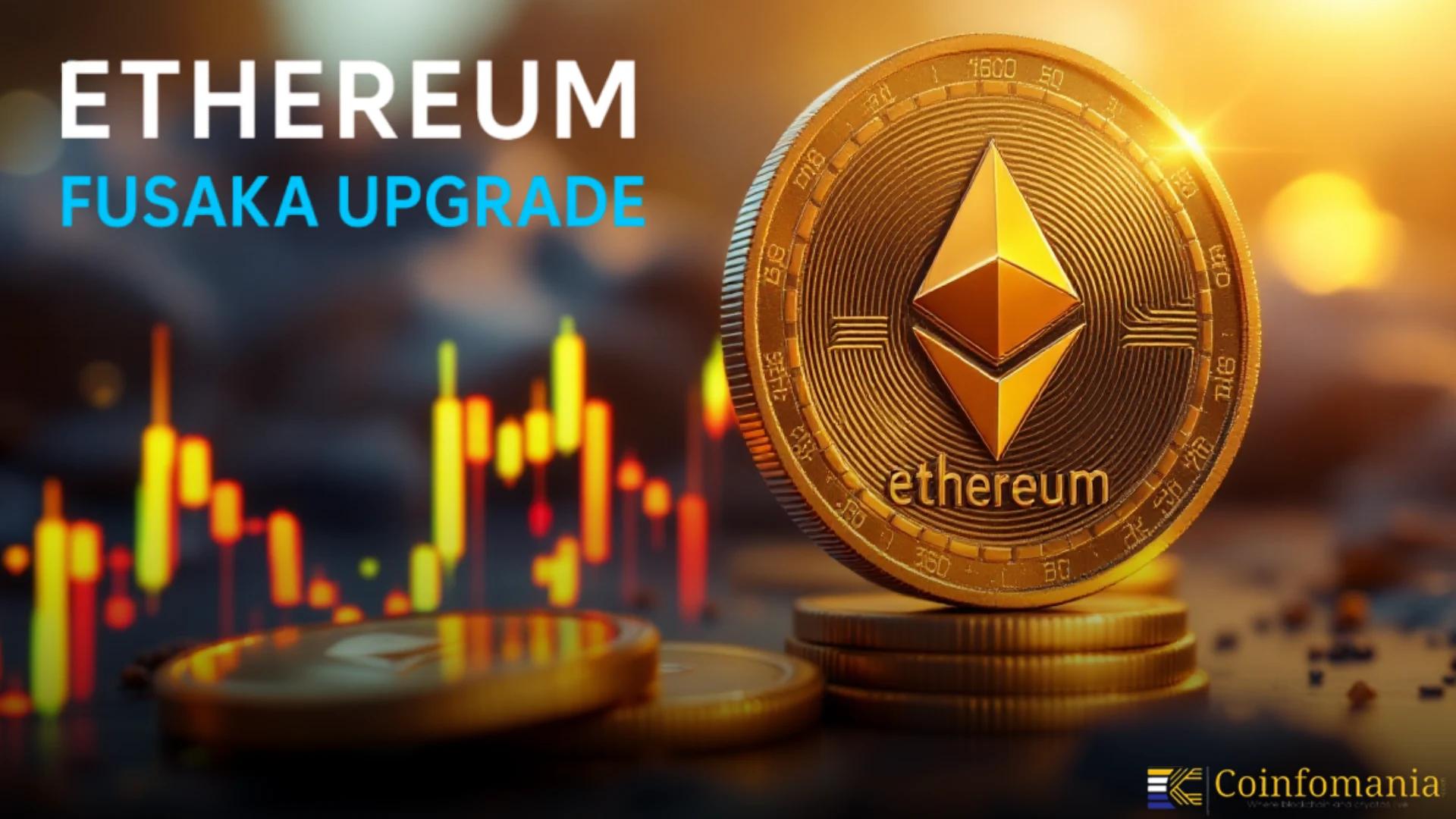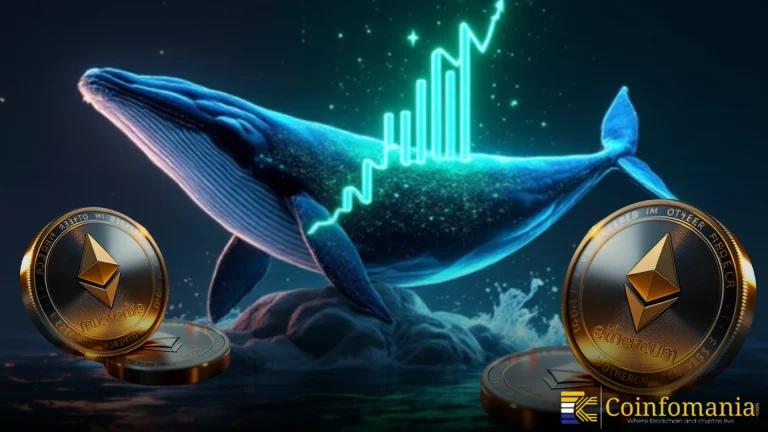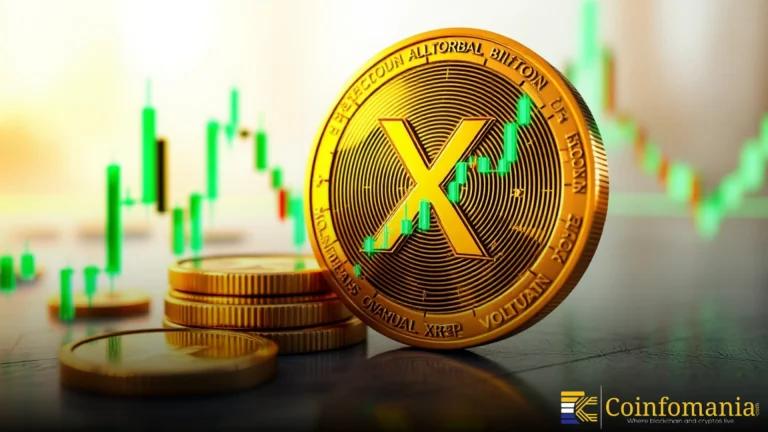Ethereum Fusaka Upgrade Set for December Mainnet Launch
Ethereum Fusaka upgrade enters its final testnet phase, adding a gas cap and efficiency improvements before the December 3 mainnet launch.

Quick Take
Summary is AI generated, newsroom reviewed.
The Ethereum Fusaka upgrade has entered its final testnet phase.
It introduces a gas cap per transaction to improve block efficiency.
The upgrade prepares Ethereum for parallel transaction processing.
Mainnet launch is planned for December 3, 2025, marking a key milestone.
Ethereum is moving closer to one of its biggest updates yet. According to Cointelegraph, the Fusaka upgrade has now entered its final testnet phase ahead of a full mainnet rollout on December 3. This upgrade introduces a new gas cap per transaction, designed to make the network faster and more efficient. It also helps prepare Ethereum so it can handle multiple transactions at the same time.
🚨 UPDATE: Ethereum's Fusaka upgrade enters final testnet phase ahead of Dec. 3 mainnet rollout.
— Cointelegraph (@Cointelegraph) October 22, 2025
The upgrade introduces a gas cap per transaction to improve block efficiency and prepare the network for parallel execution. pic.twitter.com/JA4gnDrFyA
What the Fusaka Upgrade Does
The Fusaka upgrade is not just a single change. It includes many Ethereum Improvement Proposals (EIPs) aimed at improving how the network handles transactions. The most notable is EIP-7825, which adds a limit on how much gas a single transaction can use.
This means that one big transaction can no longer take up too much block space or slow down the network. At the same time, the upgrade raises the overall block gas limit, allowing more transactions to fit inside a block. Together, these changes will make Ethereum blocks run more efficiently and reduce delays during busy times.
Why a Gas Cap Matters
Ethereum has faced network congestion during periods of high demand, especially during NFT drops or DeFi surges. Without a gas cap, one heavy transaction could fill most of a block, leaving others waiting.
The new gas cap prevents that from happening. It ensures that every block is fairly shared between many users, creating a smoother and more predictable experience. As a result, transaction times could become shorter, and fees might drop slightly.
For developers, this means planning large smart contracts more carefully. Complex transactions might need to be split into smaller ones to fit within the new limit.
Testing Before the Mainnet
The Fusaka upgrade is currently being tested across public testnets. These tests are the final step before the mainnet launch in December. Developers are checking for bugs, compatibility issues, and any unexpected effects on the network.
The Ethereum Foundation hopes to finish testing by late November, just before Devconnect 2025, a huge developer event in Buenos Aires. Launching the upgrade around that time would give the community a chance to discuss early results and improvements in person.
What Users Can Expect
For regular users, the Fusaka upgrade should make Ethereum faster, cheaper and more stable. It will be easier for decentralized applications, NFTs and DeFi platforms to go smoothly, even when network traffic is high.
For node operators and validators, the upgrade brings better data efficiency. New improvements help to reduce storage needs and make the network easier to handle.
Fusaka and the Future of Ethereum
While the Ethereum Fusaka upgrade is huge, it is not the last. Ethereum developers are already planning the Glamsterdam upgrade for 2026. That update could shorten block times and push the network toward real parallel execution.
For now, Fusaka represents a pretty important milestone. It shows Ethereum’s steady progress toward a more scalable and efficient blockchain. As the final testnet completes and the December launch approaches, the Ethereum community is preparing for a smoother and stronger network experience.
References
Follow us on Google News
Get the latest crypto insights and updates.
Related Posts

PCE Inflation Revisions Put Bitcoin at a Crossroads as Gold and Stocks Surge
Triparna Baishnab
Author

Ethereum Whale Fully Unwinds Massive Aave Position in Rapid De-Risking Move
Triparna Baishnab
Author

Austin Hilton Breaks Down XRP’s Tough 2025 and Why 2026 Could Be a Turning Point
Triparna Baishnab
Author